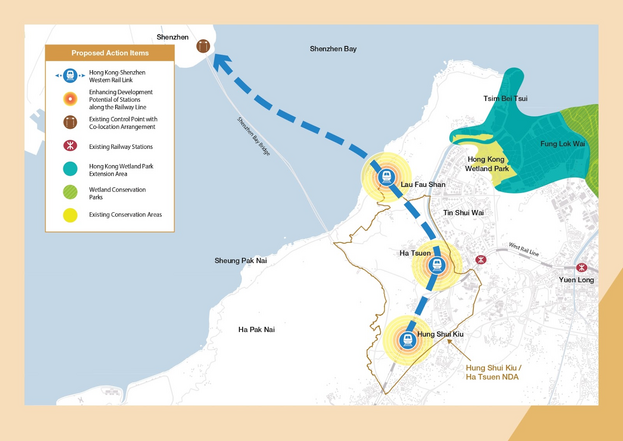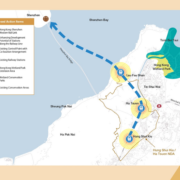Reading Time: 4 minutesPick an industry and you’ll find a push towards digital transformation. It’s no longer exclusive to technology companies and Silicon Valley businesses. The global economy is relying on the Internet of Things to change how they develop and deliver product and services. If industries like telecom, finance, retail and pharmaceuticals are embracing digital transformation, why isn’t engineering?
To be fair, engineers and engineering design teams have adopted aspects of digital transformation in pockets and silos. Offshore design centres are widely accepted as a cost-effective way to gather the expertise of bright individuals under one umbrella. With their global project exposure within an organisation, the regional-agnostic teams are an effective supplement, and often innovative, to the engineers on the ground that are usually confined to a set of common local practices. It’s a good start but, as an industry, we could do so much better.
Collaboration and the Case for Open Source Engineering
At Atkins we are surfacing value by breaking down barriers to sharing throughout the organisation, whether it’s data, design, code or even just good ideas. We wanted to expose pockets of brilliance that weren’t being surfaced. Previously, our expertise was unintentionally fragmented and often existed at regional levels. We recognised the need to quit relying on individual networks and became more regionally agnostic. We flattened our peaks and built mountains of knowledge assets in a centrally held location and we made it available for everyone to use. What would it mean if the engineering community took a page out of the Silicon Valley playbook? Open source refers to something people can modify and share because its design is publicly accessible. There’s a strong case to be made for having the same open-source philosophy in engineering.
Benefits of Open Source Engineering
- Cost-effective projects
Engineering is full of repetitive tasks. Why not create a repository of best practice that’s available for everyone to use or modify for their particular project? The savings would be immeasurable in both time and money.Collegial global community of engineers –When products are developed by a diverse group of global experts, you enjoy iterative improvements over time as different projects provide learnings and improvements to an original idea. People work in their areas of interest, a far more powerful driver to innovation than a project assignment.
- Scalability
With open source, you get the benefit of multiple experiences and tools designed to work for all sizes of projects and in many different conditions. You may not get the perfect fit for what you need, but you are starting from a good base as you customise a solution for your project.
- Better access to talent
The software industry has discovered it’s far more interesting for young professionals to work in an open source environment than working on antiquated code. We’re already seeing younger engineers at Atkins drive change within our open ecosystem, a highly desirable benefit for anyone working in engineering. This kind of collaboration could lead to more people choosing engineering as a profession.
- More innovation
As it currently stands, engineering design projects are fuelled by man-hours.Instead of running every project as a commercial standalone, the time saved could be dedicated to truly innovative thinking, experimenting and rehearsing solutions.
- Better quality
Open source is not the Wild West. There are strict requirements around testing and acceptance before any code is released for widespread use or licensing. Open source engineering can provide the same for code, calculations, design, or tools, to give a few examples.
How Clients Benefit from Atkins’ Digital Transformation
One example of how an internal open source philosophy has allowed us to scale more quickly is in our bid process. At the bid stage of all major projects, we host a robust and structured workshop which we call the “design accelerator”. We bring in subject matter expertise from all over the world, including our centres of excellence for digital technology, to surface real outcome-driven values through contemporary delivery models, innovative technical solutions, exploitation of design automation, data capture, etc.
This approach to how we manage significant bids has been taken because we recognise our clients deserve access to the best innovative and efficient solutions. We consider the data we already have, what tools already exist, and what we’ve learned from working with other clients. We can do this on a global scale, thanks to our ecosystem.We see that our off-shore global technology centres are uniquely positioned at the heart of digital delivery.
With global access to a range of international markets, their focus and ability to harvest, curate and deploy global digital content and solutions to augment and enhance, rather than substitute, local delivery. This is a transformational shift that has the potential to unlock significant benefits. As a result, these high-value centres of excellence are now home to data scientists, robotics engineers, coders, VR and gaming engine specialists, etc., who work together to augment regional teams.
Adding Value Across the Entire Industry
Now imagine if our industry could realise these types of benefits on a global scale. What if there weren’t design centres for each company, but an open source engineering organisation where everyone –technology providers, designers, contractors, operators and asset owners -could work together to contribute and benefit? We would no longer be selling isolated ‘solutions’ along the fragmented value chain. Instead, we collectively would have a much deeper understanding of our customers and more efficient ways to get to the heart of the problem we’re trying to solve for them. We could deliver projects more quickly, to a better standard, and experience fewer overruns.
A Fundamental Shift in Mindset is Required
From what I’ve already experienced with Atkins’ digital transformation, there’s no downside. We have a chance to get back to the very essence of what engineering is all about –creative thinking and applying sound engineering principles and logic.
Who doesn’t want to get behind that?
This piece was written by Paul Shepherd-Smith, Operations Director, Asia Pacific Australia – Atkins



